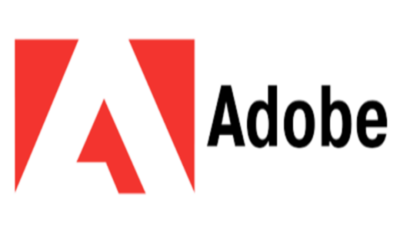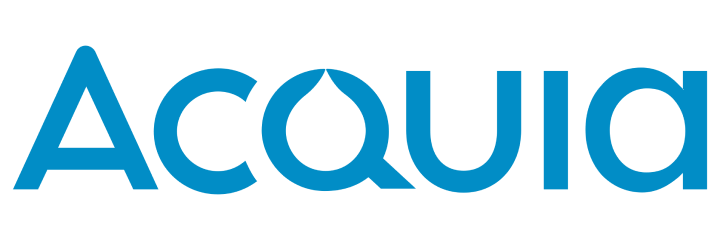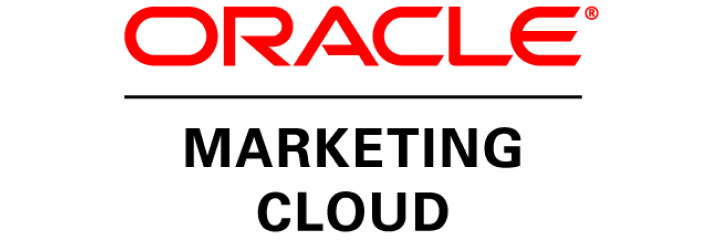MarTech enablement
Deliver personalized customer experiences and drive growth with end-to-end marketing technology integration.
Point Of View
Take your marketing capabilities to the next level.
Maximizing the value of your customer interactions extends beyond the marketing department. A diverse set of technologies, teams, and processes must come together across various business functions to deliver truly exceptional experiences. With the right technology implementation strategy, organizations can automate processes, improve agility, and connect key operations across the company.
![[S3-MT] AdobeStock 326780300](https://images.ctfassets.net/76f8cs5bg9si/6wqtEpt8mdUEmdP5ifxWpp/4b76bc9e5aa020ae746d691e133fcf6e/AdobeStock_326780300.jpeg?w=800&h=533&fl=progressive&q=90&fm=jpg)
Scalability
In an increasingly complex, digital world, technology implementation allows organizations to expand their marketing efforts, reach a wider audience, and outpace the dynamic markets they operate in. Comprehensive platform analysis, combined with key stakeholder alignment, sets companies up with individualized MarTech solutions that grow and adapt as they do.
Personalization
Consumers require consistent, individualized experiences across all of their digital touchpoints. Technology implementation enables companies to exceed these expectations and build brand loyalty through an orchestrated ecosystem of tools.
of consumers expect personalized experiences as a part of their standard service.
Automation
MarTech platforms and tools streamline meticulous processes and workflows with minimal manual interference, improving task accuracy and allowing teams to focus on strategic efforts. By identifying opportunities for automation within current and potential technology investments, organizations can craft tailored marketing messages, produce targeted content, and unlock personalization at scale.
A/B testing: Automate A/B testing for more effective and personalized marketing interactions.
Behavior-based triggers: Use data to automate marketing actions in response to specific behaviors.
Lead management: Leverage platforms that generate, nurture, and score promising leads for better return on investment.

How to achieve your marketing goals through AI
In this downloadable article, we offer a practical approach for CMOs (chief marketing officers) to transform their organizations through artificial intelligence (AI).
How We Can Help
Experience the difference.
At Credera, one of our core values is putting people first. We place our clients at the center of our partnerships and ensure their needs are met throughout each step of our technology implementation projects. We call this the Credera Difference, and we invite you to hear directly from some of our clients about their experiences working with us.
Marketing technology implementation is complex, and our collaborative approach helps us develop a deep understanding of the organizations we serve, address the unique marketing challenges they face, and provide reliable technology solutions for continued success.
See how MarTech enablement helped a leading pharmaceutical company scale its marketing efforts.
Discover how we partnered with Shentel to modernize their user experience with marketing technology.
Working with Credera really feels like we are sharing a business problem that we are collaboratively trying to solve, rather than Credera selling us a particular service. Credera combines technological capability, business insight, and deep commercial awareness. They are trusted advisors, and we look forward to working with them in the future.
Alexander Thomson
Partner, Growth Capital Partners

Offerings
Create real, tangible, and long-lasting results.
Whether the project is large or small, we keep the end goal in mind of delivering remarkable customer experiences, and we focus on all the technical and operational details required to achieve them.
MarTech platform implementation
Configure, customize, and deploy MarTech software that unites marketing and technology teams, supports overarching company goals, and transforms marketing efforts.
Marketing systems integration
Connect technologies, content, data, and operating models using modern integration patterns to deliver a cohesive customer experience and reduce ongoing technical maintenance.
Content personalization
Streamline and automate marketing processes to tailor customer journeys at scale and deliver personalized, timely content across multiple channels.
Marketing analytics
Consolidate customer, transactional, media, supply chain, and other relevant data into a single environment for marketing performance improvement through data science analysis.
Data privacy
Identify valuable solutions for campaign planning, audience activation, measurement, and attribution that are compliant with data-privacy regulations and expectations.
Data clean rooms
Fortify marketing activities against rapidly changing regulatory and AdTech landscapes with secure, cloud-based environments.
Content automation
Streamline and automate marketing processes to tailor customer journeys at scale and deliver personalized, timely content across multiple channels.
Retail media networks
Leverage space on owned digital channels to bring additional revenue.
Our Experts
Leaders across industry and expertise.
At Credera, our leaders bring their experience and backgrounds across industries while seeking to understand the nuance of each challenge. This creates real partnership and results on every engagement.

Ethan Ballinger
Senior Architect
Dallas

Josh Nicholson
Managing Director
London

Niyati Srivastava
Managing Director
London
Contact Us
Let's talk!
We're ready to help turn your biggest challenges into your biggest advantages.
Searching for a new career?
View job openings











